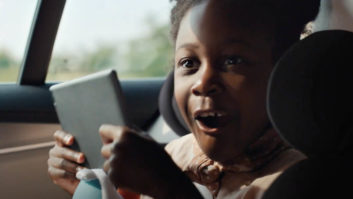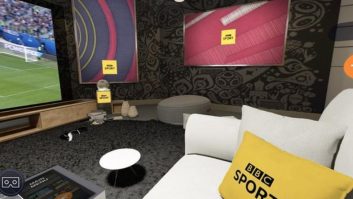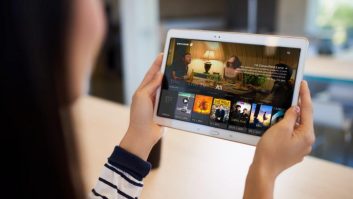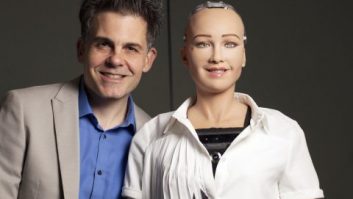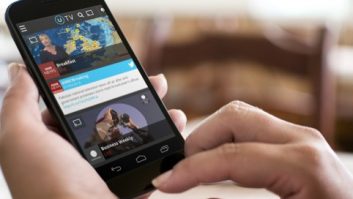The barrier between media devices and online devices has been broken. The wizardry to do this is a protocol based on OAuth2, developed by the EBU’s Cross-Platform Authentication Project Group. It will be submitted to ETSI as an open standard.
“This is an unusual task for the EBU because we are going to produce a technical specification from A-Z in authentication,” said EBU head of delivery and services Peter MacAvock. “It is all about trying to ensure that you have a set of personal preferences that you have stored with one broadcaster, and you can push those to any type of device that might connect to that broadcaster’s service.
“The idea is pushing the personalised experience from a website or from an online world into a device-oriented environment,” he added. “That requires a relatively sophisticated mechanism.”
The EBU team, led by software engineering project manager Michael Barroco, started with radio because that was relatively easy, and moved on from there to TV sets and more complex devices. The latest version of BBC Playlister hosts the protocol.
“The intention is to de-couple the notion of personal preferences from the device,” said MacAvock, “and to remove the need to have this vertical link between the CE vendor and any other type of vendor and the preferences. Personalisation is such a big issue at the moment.”
Sean O’Halpin of the BBC chairs the EBU CPA GROUP. In his demo Barroco highlights watching TV news and wanting to share a sequence: you simply open, press the green button to send a notification
to a mobile, and send the content with a message to the selected friend.
“Later back to my place I switch on my TV channel and see a red button appearing,” he said. “I will be able to watch the content my friend shared – on demand on catch-up.”
Press a red button and you get a list of shared videos. The system, as in Playlister, will stop and resume TV.
